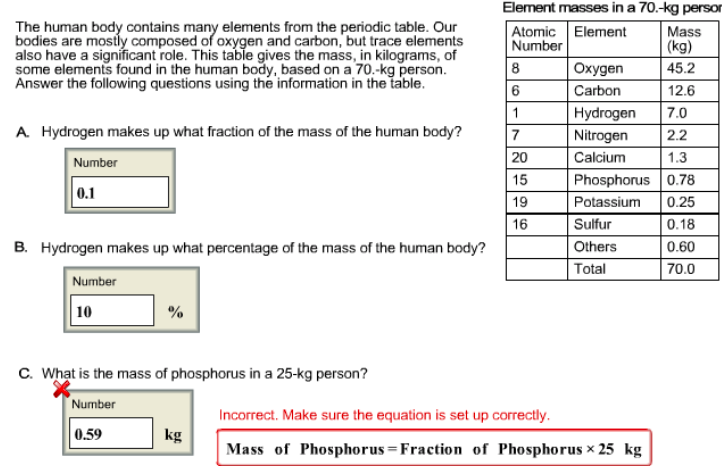

At the time, people were also familiar with another similar substance that they obtained from a specific type of rock with mineral alkali properties. This is a potassium compound called potassium carbonate (K 2 CO 3 ), which was used as a cleaning agent. Since 500 A.D., people would collect the ashes from burnt wood and wash them in order to obtain potash, also referred to as vegetable alkali. In contact with air, the elemental potassium oxidizes and tarnishes very quickly. However, when it comes into contact with H 2 O (water) molecules, this soft metal reacts violently by releasing hydrogen and emitting a purple flame. This alkali element of the periodic table has an electronegativity of 0.8 according to Pauling, whereas the atomic radius according to van der Waals is 0.235 nm.Īs it has a lower density than water, potassium can actually float on it. Potassium is a soft, silvery-white metal that reaches its boiling point at 759☌ (1398☏ or 1032 K), while the melting point is achieved at 63.5☌ (146.3☏ or 336.7 K). Represented by the symbol K, the chemical element potassium has the atomic number 19, an atomic mass of 39.0983 g.mol -1, and electron configuration 4s 1. The energy of the first ionization: 418.6 kj.mol -1ĭiscovery date: In 1987 by Sir Humphry Davy Half-life: From less than 10 picoseconds to 1.248×109 yearsĮlectronegativity according to Pauling: 0.8 Physical state: A soft metal at room temperature The symbol in the periodic table of elements: K

Fact Box Chemical and Physical Properties of Potassium Most notably, it’s responsible for the control and regulation of the exchange of electrical impulses in the heart’s cells and within other muscles, as well as the regulation of the fluid balance within the body. This extremely reactive chemical is also one of the most essential trace minerals found in the human body, and it’s responsible for some vital processes. As a member of the alkali metals family in the periodic table, potassium has one valence electron in its outermost shell. With about 2.0 to 2.5 percent occurrence in the Earth’s crust, it’s the eighth most abundant element found in the layers of our planet. S2CID 73508148.Potassium is a chemical element with the atomic number 19 in the periodic table of elements. "Neutron drip line in the Ca region from Bayesian model averaging". "The AME2016 atomic mass evaluation (II). "The NUBASE2016 evaluation of nuclear properties" (PDF). ^ Half-life, decay mode, nuclear spin, and isotopic composition is sourced in:Īudi, G."Towards the Limits of Existence of Nuclear Structure: Observation and First Spectroscopy of the Isotope 31K by Measuring Its Three-Proton Decay". ^ a b "A peculiar atom shakes up assumptions of nuclear structure"."Production of very neutron rich isotopes: What should we know?". "Standard atomic weights of the elements 2021 (IUPAC Technical Report)". ^ Prohaska, Thomas Irrgeher, Johanna Benefield, Jacqueline et al.^ "Standard Atomic Weights: Potassium".Various potassium isotopes have been used for nutrient cycling studies because potassium is a macronutrient required for life. K, a three- proton emitter discovered in 2019 its half-life was measured to be shorter than 10 picoseconds. Īll other potassium isotopes have half-lives under a day, most under a minute. K has also been extensively used as a radioactive tracer in studies of weathering. Typically, the method assumes that the rocks contained no argon at the time of formation and all subsequent radiogenic argon (i.e., 40 Minerals are dated by measurement of the concentration of potassium and the amount of radiogenic 40Īr that has accumulated. In a human body of 70 kg mass, about 4,400 nuclei of 40Īr is used in potassium-argon dating of rocks. K is the largest source of natural radioactivity in healthy animals and humans, greater even than 14Ĭ. K occurs in natural potassium in sufficient quantity that large bags of potassium chloride commercial salt substitutes can be used as a radioactive source for classroom demonstrations. K has a nuclear spin of 4, while both of its decay daughters are even–even isotopes with spins of 0. The long half-life of this primordial radioisotope is caused by a highly spin-forbidden transition: 40 K has the longest known half-life for any positron-emitter nuclide. 89% of those decays are to stable 40Īr by either electron capture or positron emission.

K decays with a half-life of 1.248×10 9 years. K (6.7%), and a very long-lived radioisotope 40 Three of those isotopes occur naturally: the two stable forms 39 K, as well as an unconfirmed report of 59 K, with the exception of still-unknown 32


 0 kommentar(er)
0 kommentar(er)
